In recent years, the global built-in recessed medicine cabinet market has shown impressive growth, mainly driven by consumers' growing attention to space-saving solutions and the aesthetic appeal of built-in designs. Looking ahead, several key trends and factors are expected to influence market dynamics:
Market Growth and Scale:
In 2023, the global built-in medicine cabinet market is valued at approximately US$1.2 billion. It is expected to reach US$1.8 billion by 2028, with a compound annual growth rate (CAGR) of 8.5% during the forecast period.
Technological Advances:
Advances in materials and manufacturing processes are improving the durability and functionality of built-in medicine cabinets. Innovations such as LED lighting, anti-fog mirrors, and intelligent features like integrated Bluetooth speakers and USB charging ports are gradually gaining popularity.
Consumer Preference for Space Efficiency:
Increasing urbanization and shrinking living spaces drive demand for furniture and fixtures that optimize space utilization. Built-in medicine cabinets are seamlessly embedded in the wall without taking up valuable floor space, providing an ideal storage solution.
Aesthetic appeal and customization:
Consumers are increasingly choosing customizable and beautiful designs. Manufacturers are catering to different consumers' preferences by offering various styles, finishes, and sizes.
Sustainable development initiatives:
Consumers' environmental awareness is influencing purchasing decisions. Manufacturers are focusing on using sustainable materials and production practices, such as using recycled materials and reducing carbon footprints.
Material analysis:
Glass: High transparency, easy to clean, often used in mirror designs. But it is fragile and requires explosion-proof treatment.
Stainless steel: Rust-proof, durable, suitable for humid environments. Modern appearance, easy to clean.
Aluminum alloy: Lightweight, rust-proof, suitable for various design styles. Strong durability.
Wood and composite materials: Provide a warm and natural look but require moisture-proof treatment to extend service life.
 Installation method:
Installation method:
Embedded installation:
Description: The medicine cabinet is embedded in the wall, leaving only the mirror surface outside, saving space and looking beautiful.
Advantages: Space saving, neat appearance, suitable for small spaces.
Disadvantages: Space needs to be reserved during wall construction, and installation is complicated.
Steps:
Measurement and marking: Mark the installation location on the wall according to the size of the medicine cabinet.
Cutting the opening: Use appropriate tools to cut the wall and reserve installation space.
Installing the cabinet: Place the medicine cabinet in the opening and fix it firmly.
Connect the power supply (if any): If the medicine cabinet has electrical functions, it needs to be connected to the power supply.
Edge sealing: Use decorative strips or other materials to seal the edges to make it beautiful.
Functional analysis:
Storage function:
Internal shelves and partitions: Provide multi-layer storage space for medicines, cosmetics, etc.
Hidden storage: After the cabinet door is closed, the internal items are hidden to keep it tidy.
Mirror function:
Ordinary mirror: Provide daily use, such as dressing up.
Anti-fog mirror: Special coating prevents the mirror from fogging and is suitable for bathroom use.
Smart mirror: Integrated display screen, which can display information such as time and weather and even provide entertainment functions.
Lighting features:
LED light strips: Provide bright lighting, are energy-saving, and have a long life.
Dimmable lights: Adjustable brightness to meet different environmental needs.
Induction lights: These are automatically switched on and off through human body induction and are convenient to use.
Safety features:
Shatterproof design: Mirror explosion-proof treatment is safer to use.
Anti-theft lock: The cabinet door is equipped with an anti-theft lock to protect the safety of valuables.
Medicine safety lock: Prevent children from accidentally touching medicines.
Smart features:
Regional insights:
North America dominates the global market mainly due to consumers' high disposable income and strong preference for high-end home appliances. However, Asia Pacific is expected to grow fastest due to rapid urbanization and rising disposable income in countries such as China and India.
Challenges and considerations:
Despite the promising growth prospects, challenges such as volatile raw material prices and regulatory requirements for product safety and quality may affect market dynamics.
Future trends:
The rise of intelligent and connected homes:
With the popularity of smart home technology, embedded medicine cabinets have also begun integrating more innovative features, such as intelligent mirror displays, voice control, etc. These features not only enhance the user experience but also increase the product's added value.
Increasing awareness of hygiene and health:
In the post-epidemic era, consumers are paying more attention to the hygiene and health of their home environment. This has driven the demand for embedded medicine cabinets with antibacterial coatings and easy-to-clean materials.
The rise of e-commerce platforms:
The rapid development of e-commerce platforms has enabled consumers to compare and purchase embedded medicine cabinets more conveniently. The expansion of online sales channels also provides manufacturers with a broader market coverage.
Intensified market competition:
With the market's rapid growth, more and more emerging companies have joined the competition. Manufacturers must maintain their competitive advantage by continuously innovating and improving product quality and service levels.
Conclusion:
The global embedded medicine cabinet market is expected to grow significantly in the next few years, with technological advances, changes in consumer lifestyles, and a focus on space efficiency as the main driving factors. Manufacturers who are at the forefront of innovation and sustainability trends will be able to gain significant opportunities in this evolving market landscape.
This outlook highlights a strong future for the built-in medicine cabinet sector, with innovation, customization, and sustainability as core drivers of growth.

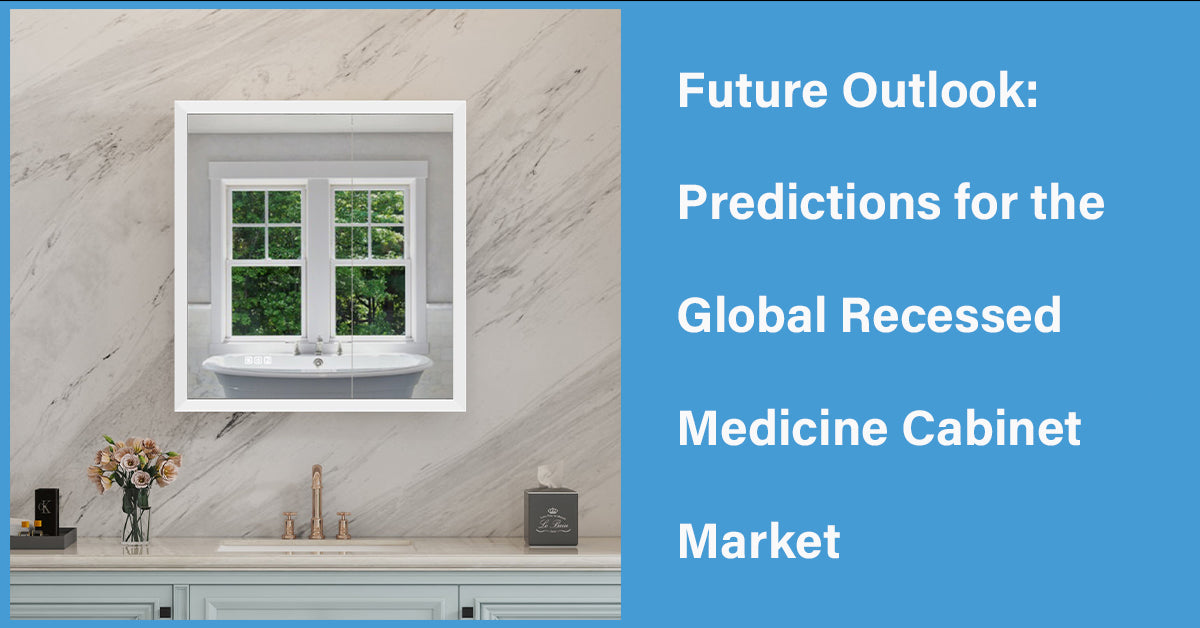
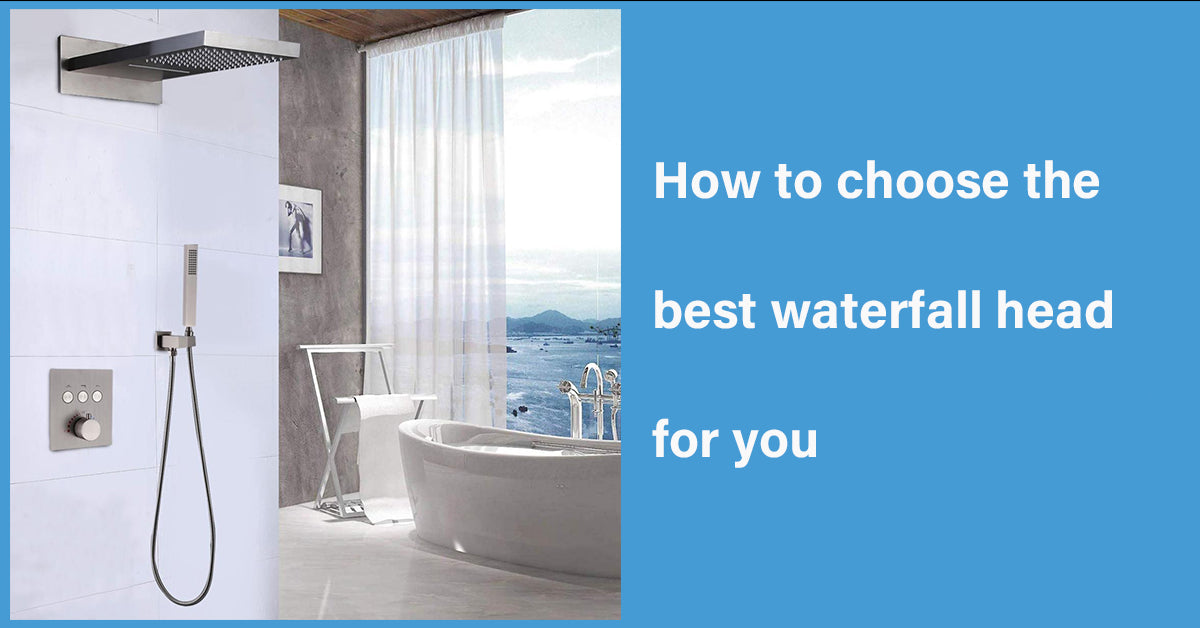
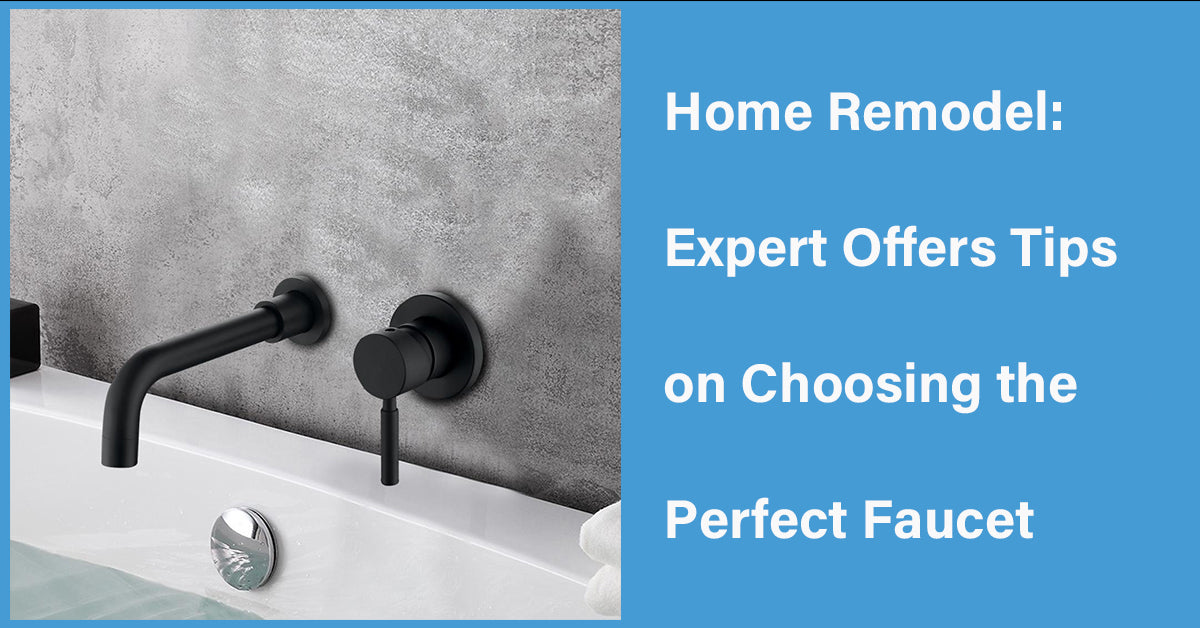


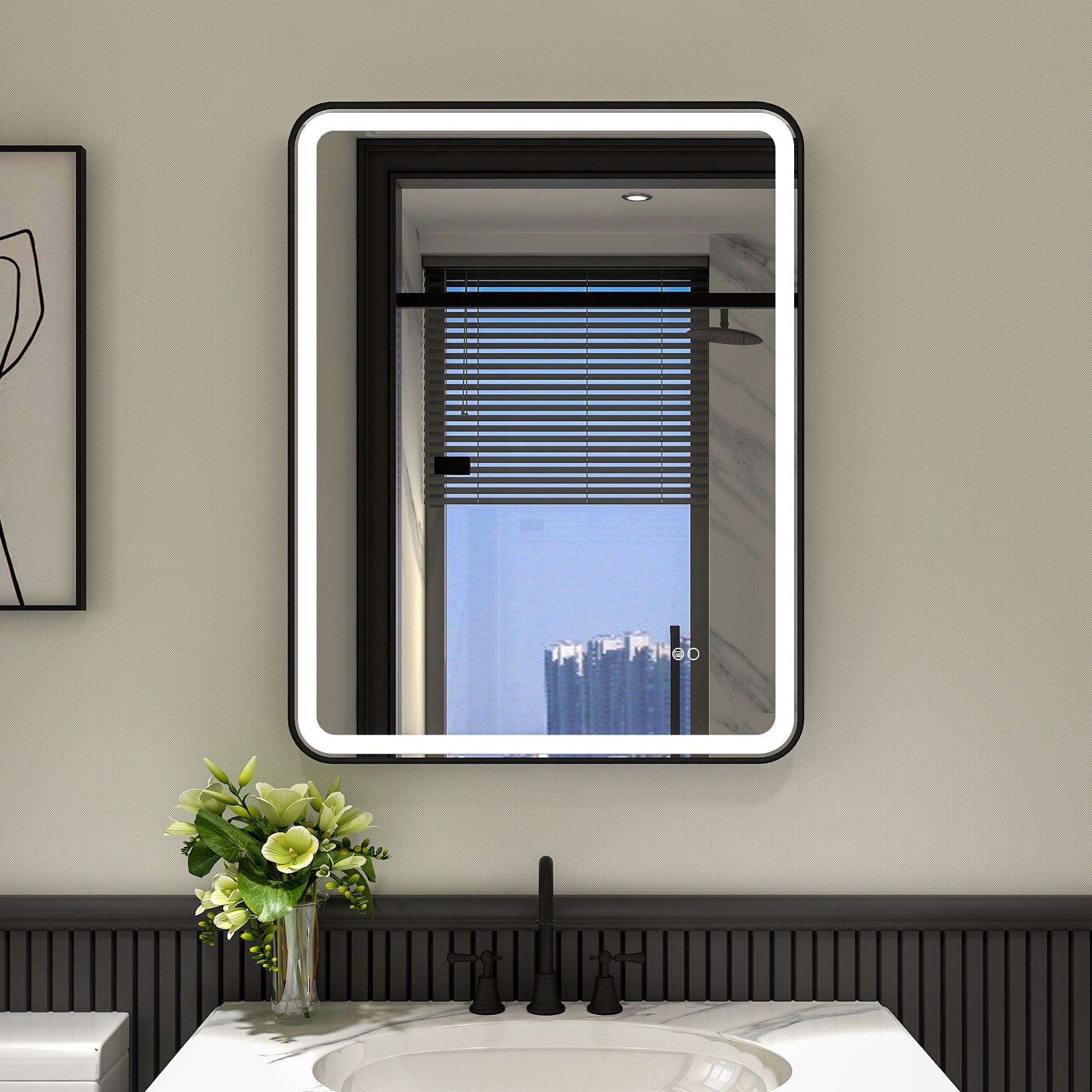
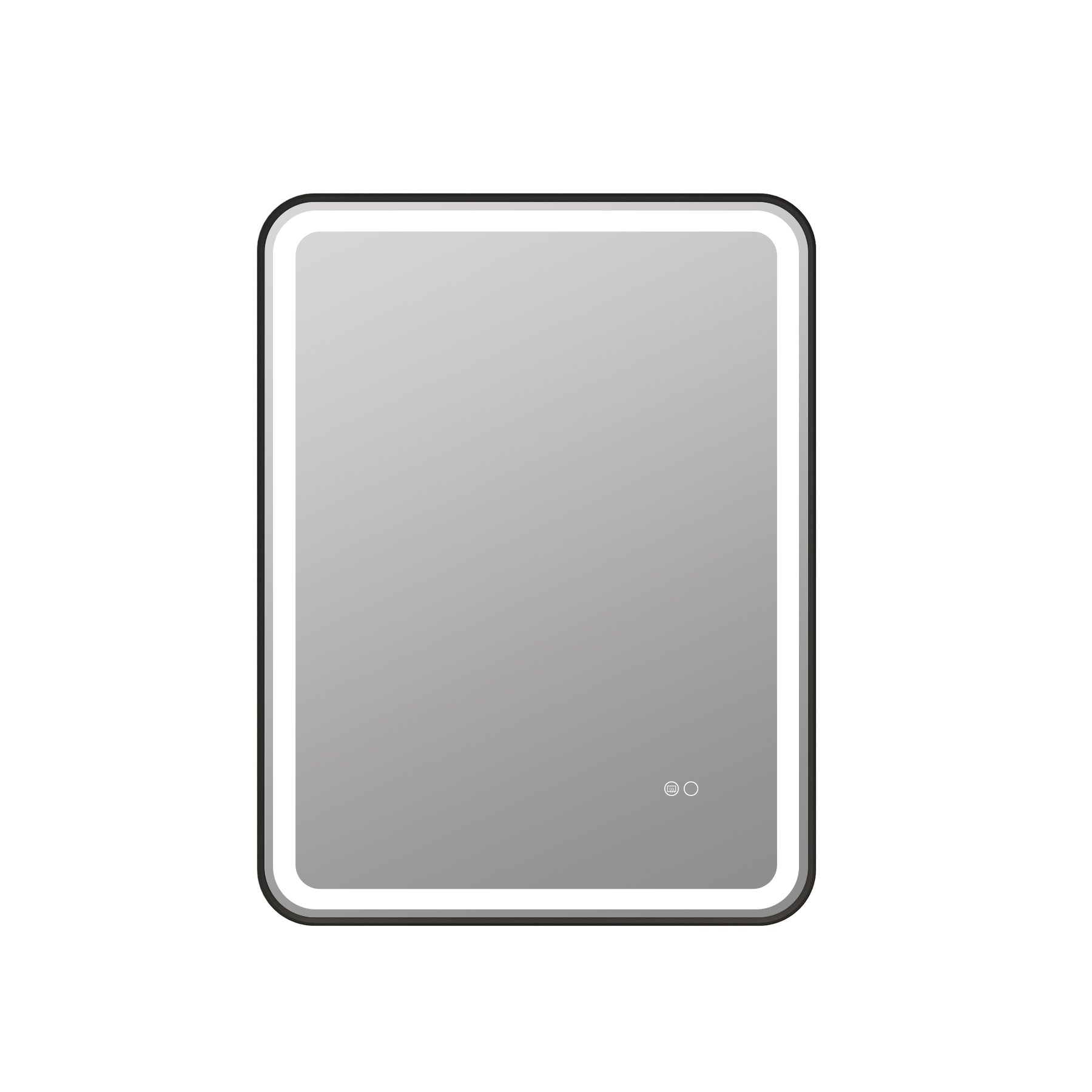
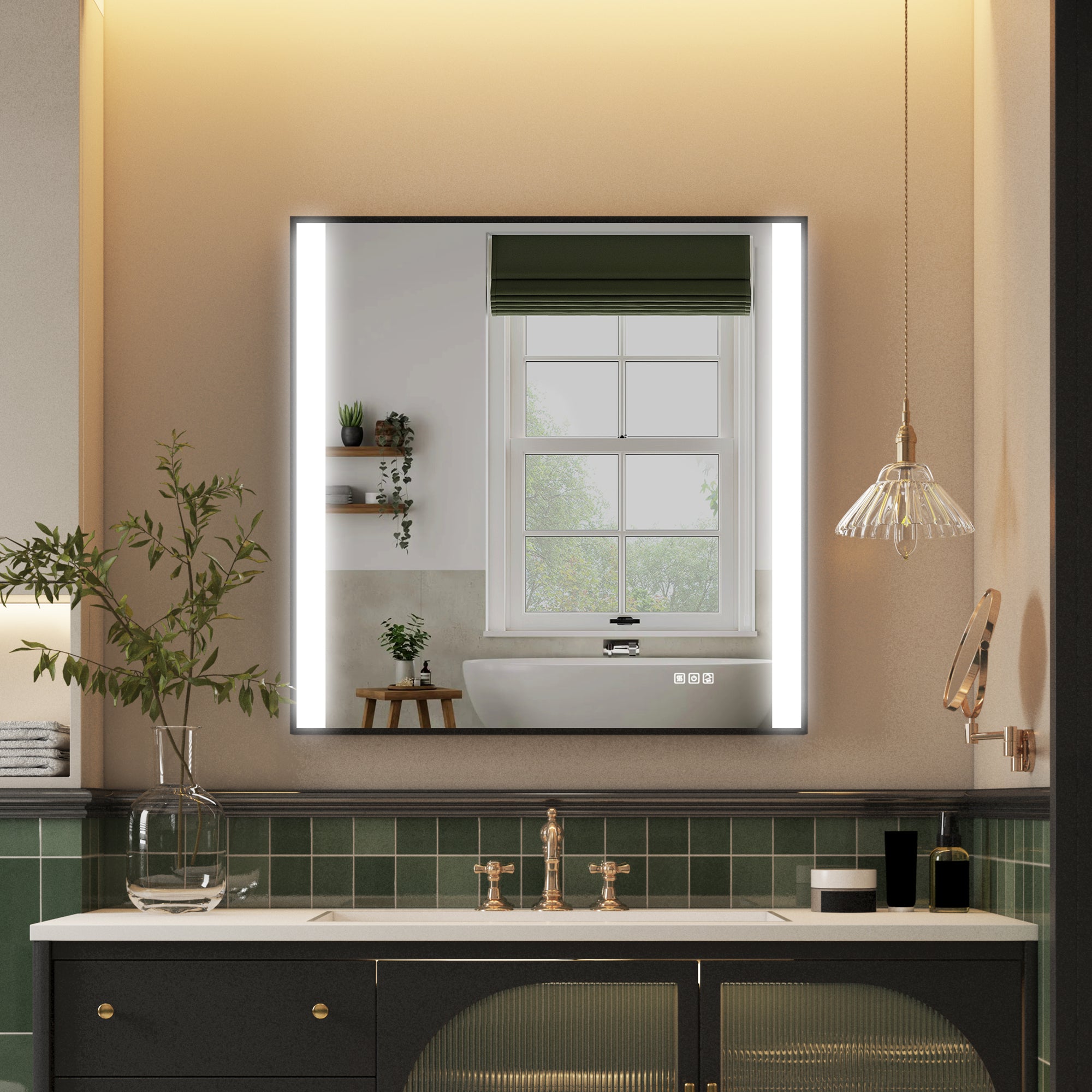

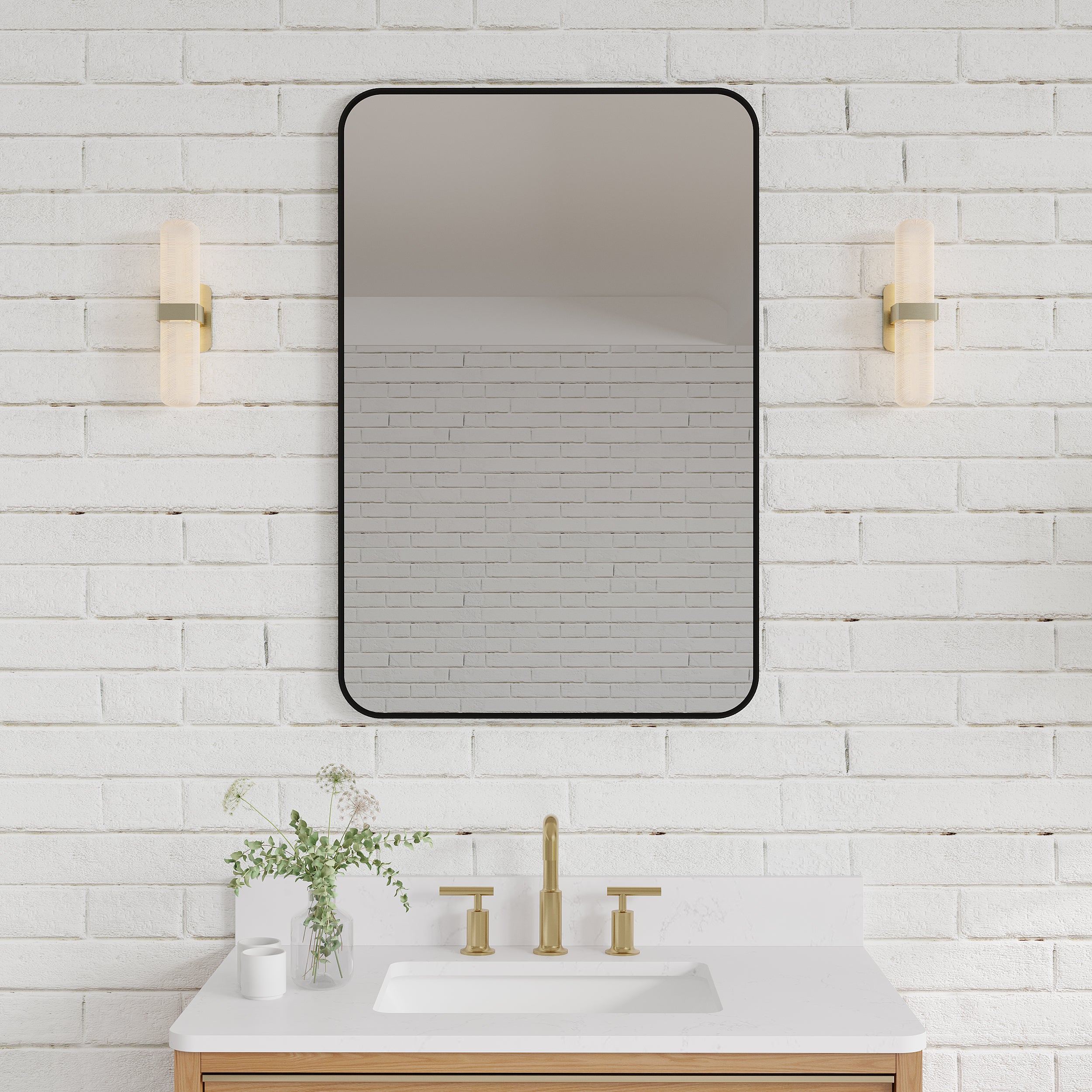

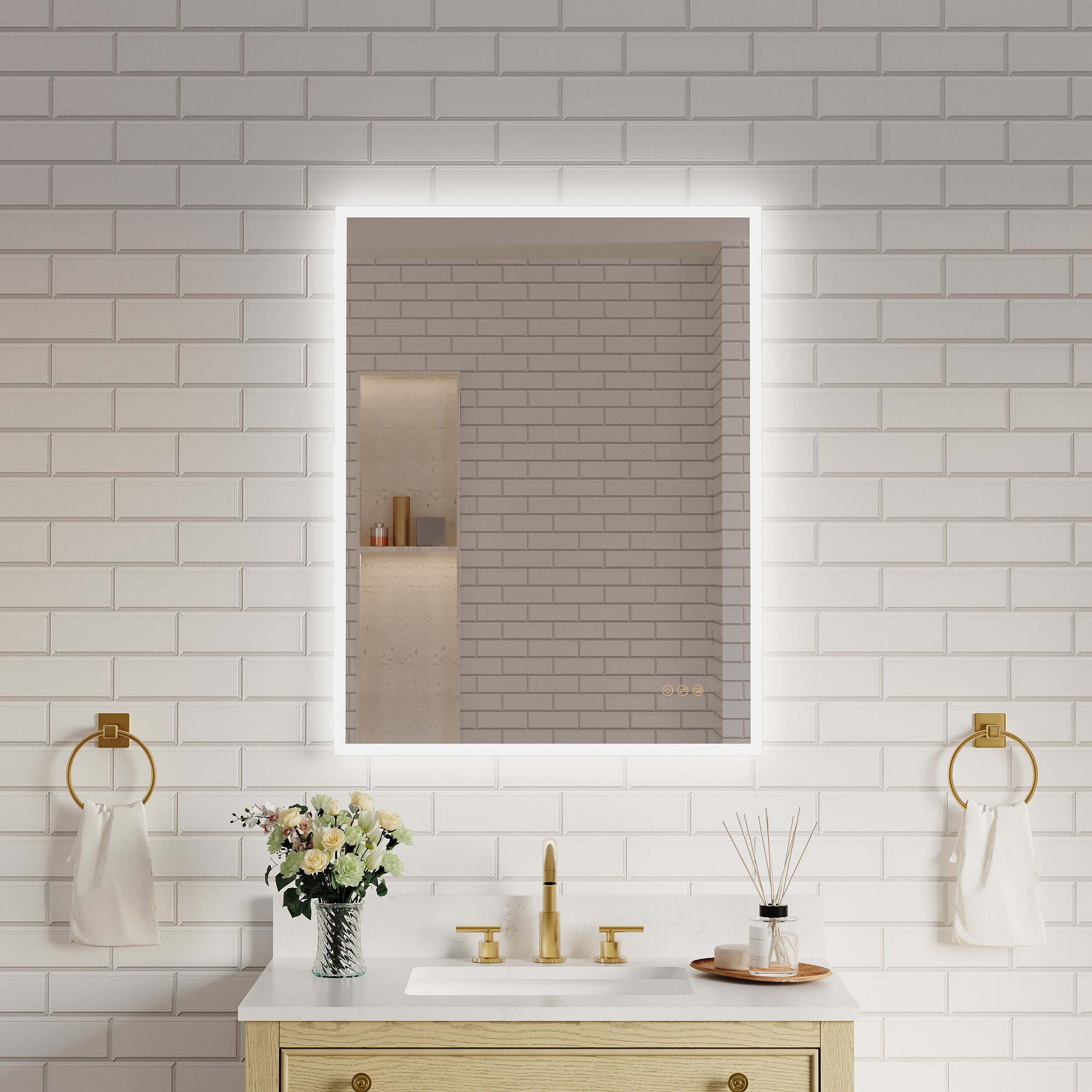

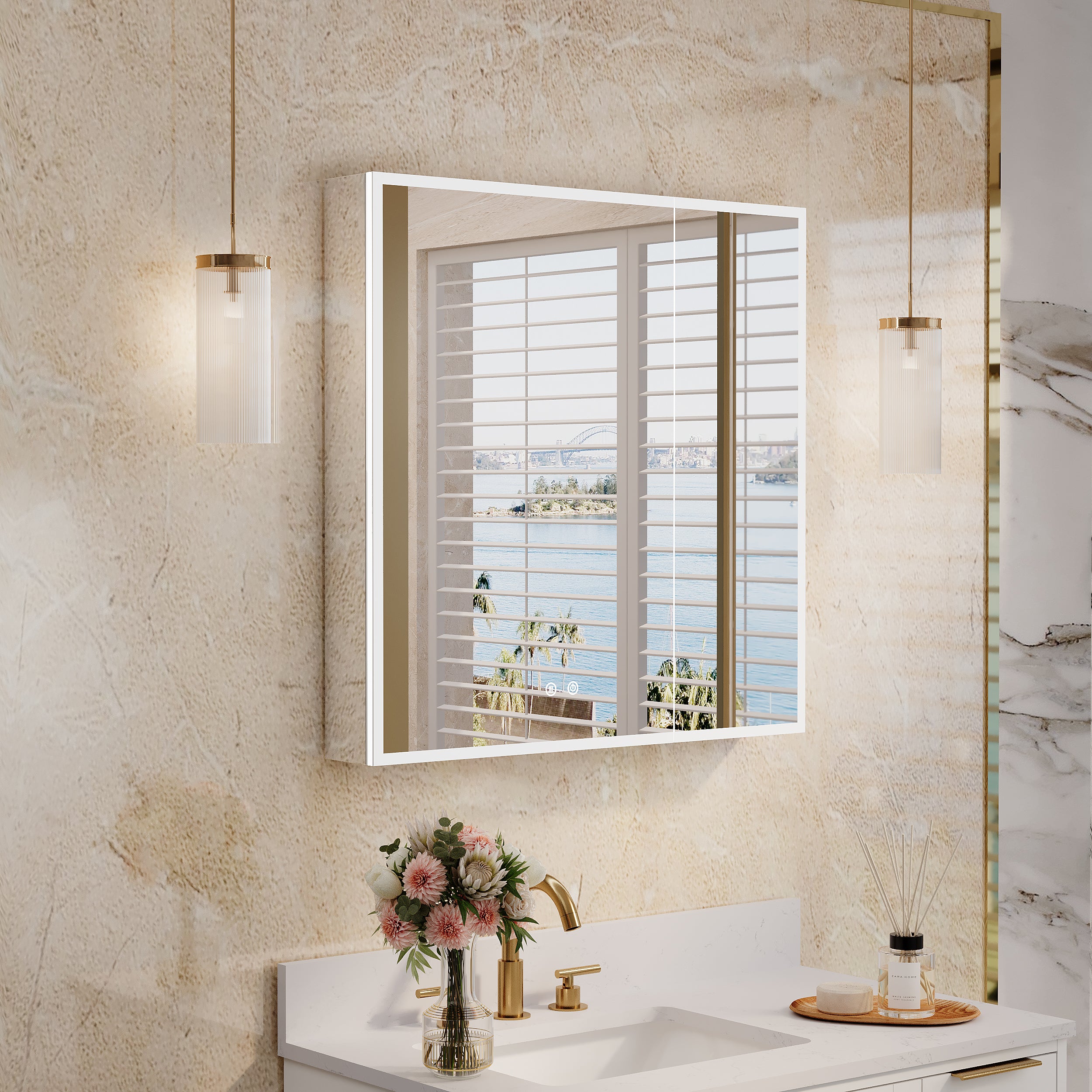

Leave a comment
This site is protected by hCaptcha and the hCaptcha Privacy Policy and Terms of Service apply.